Walt Stearn's pays a visit to Jupiter’s Hole-in-the-Wall dive site, one of the most-popular ‘technical depth’ locations in the area.
Every destination has its ‘signature dive’. In most cases it’s a particular wreck, reef or animal attraction that is touted as a must-do. But sometimes, a site can gain notoriety for its lack of visitors. It might be in a location that is difficult to reach, requires advanced diving skills, or presents a logistics challenge for the dive operator.
This is the case with a dive off Jupiter, Florida, known as the Hole-in-the-Wall. Referred to by most locals as simply ‘The Hole’, the site is a cave within a deep-water ledge running north and south with depth range 36m on top to 45m at its deepest point. The cave itself features a 12-metre-wide by three-metre-high opening on the ledge formation’s eastern face that cuts back in some 10-12 metres before making a hard-right turn to an exit nearly the same size where the ledge makes a slight dog leg to the west before continuing north.
In addition to the depth, which happens to be just over the edge of the 40m limit most training agencies deemed for recreational divers, there is matter of dealing current. On most days, the western edge of the Gulf Stream sweeps across the site, bringing a north-flowing current of one to two knots. As a result, The Hole can only be done as a drift, with divers being dropping in as much as 150 metres up current, and hopefully timing their descent to arrive on the bottom just up current of The Hole.
This scenario can present a challenge for both diver and dive operator. The boat crew must anticipate the current’s often variable speed to give divers sufficient time to descend, but not place them too far up current causing them to come up short of the cave at such depths, or too close, risking overshooting the cave during the descent. And on some days, the currents are so strong that the only sensible course is to abort the dive before even attempting to reach the ledge. Bottom line, it’s not a dive for novices.
But what truly gives the Hole-in-the-Wall its mystique is not the conditions, but its reputation for attracting the bigger players of the reef. After its discovery in the early 1970s, spearfishermen would return from a trip to ‘The Hole’ with huge cubera snapper 40-80lbs, large gray and goliath grouper (before became protected) together with tales of evading even all kinds of large sharks.
The Hole was a favorite with a group of local hunters who called themselves the Guerrilla Divers. In an era when men were men, and risk was an accepted form of macho male expression, these guys were the ‘alpha males’ of the Palm Beach dive scene. They dove long and hard – and considered newfangled buoyancy compensators to be crutches for the weak. The saying was ‘anyone who needs a BC deserves to drown’.
One of the best known of the ‘guerilla divers’ was Frank Hammett, owner of Frank’s Dive Shop. From the late 1950s through the 1970s, when the public still considered sharks to be evil eating machines, Frank was known as the ‘shark killer’, and the Hole-in-the-Wall was his personal playground. If Frank ran into a shark, it was often quickly dispatched, becoming another casualty of, as Frank put it, ‘accidental death due to inappropriate behavior’.
According to the old timers, sand tiger sharks used to frequent the hole before Frank changed the natural order by inserting himself as the new apex predator. The coast’s resident population of giant Goliath grouper proved to be even easier targets. By the time I started diving this area in the late-1970s (with Frank in the beginning), the Goliaths where all gone, and it seemed they would never return
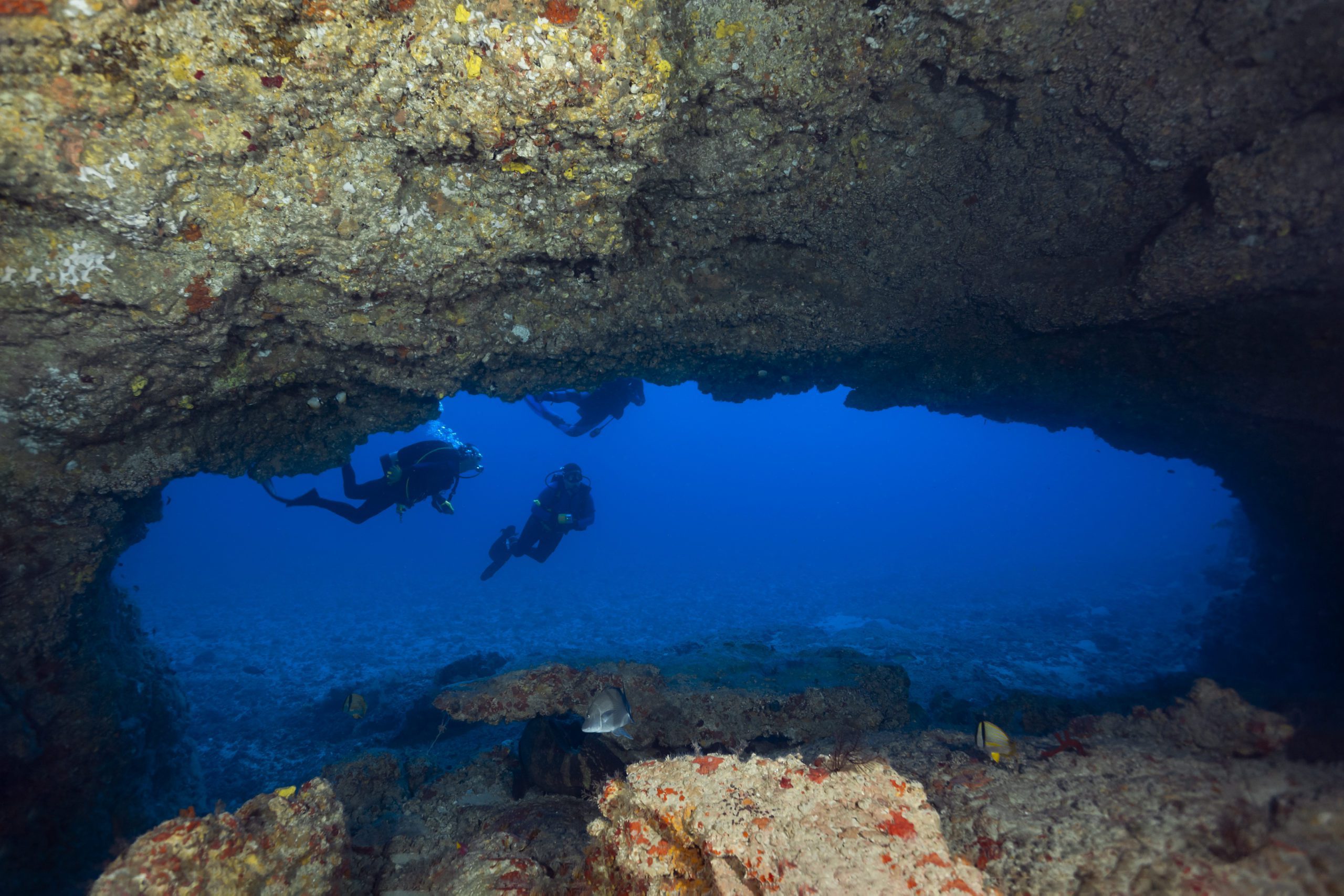
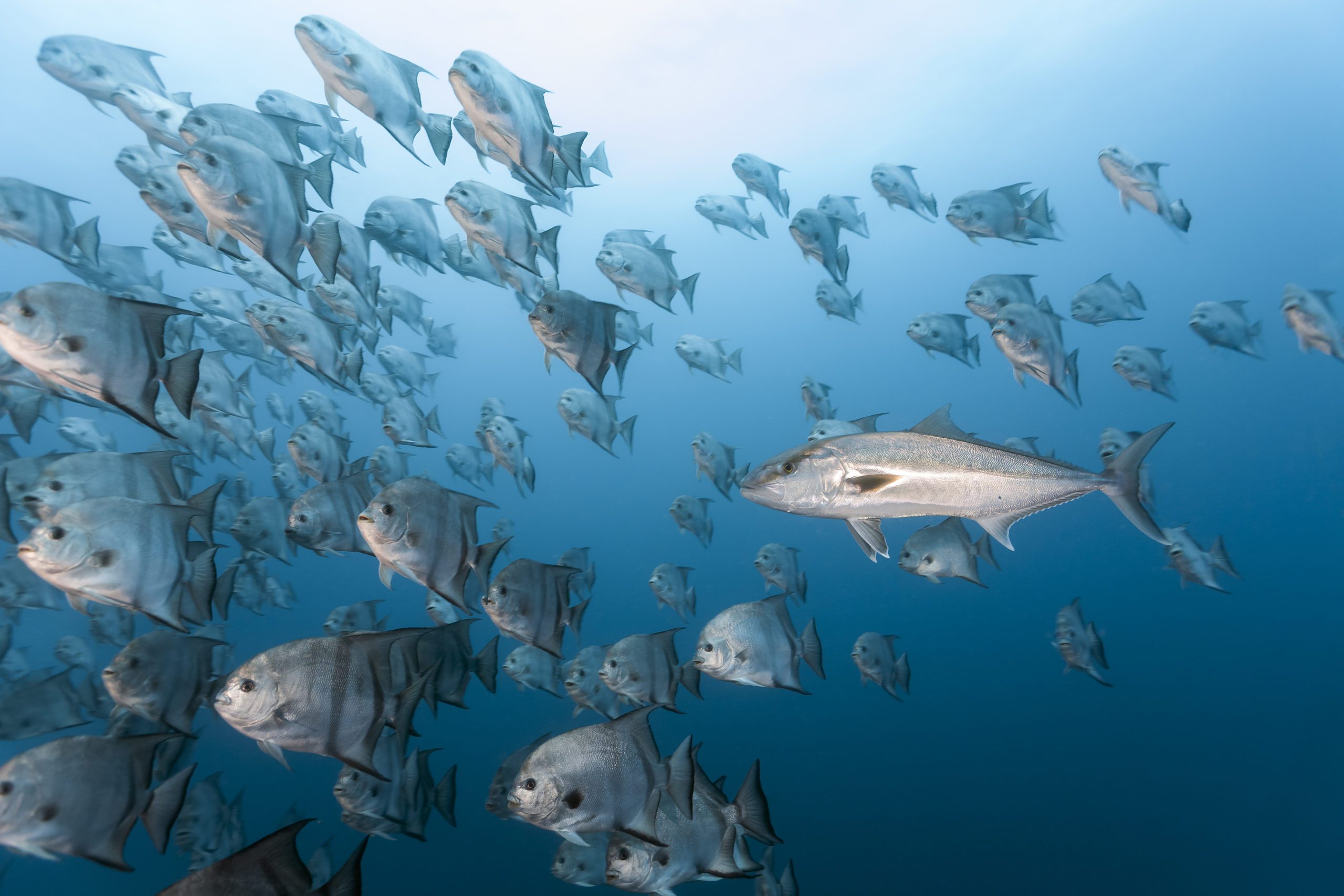
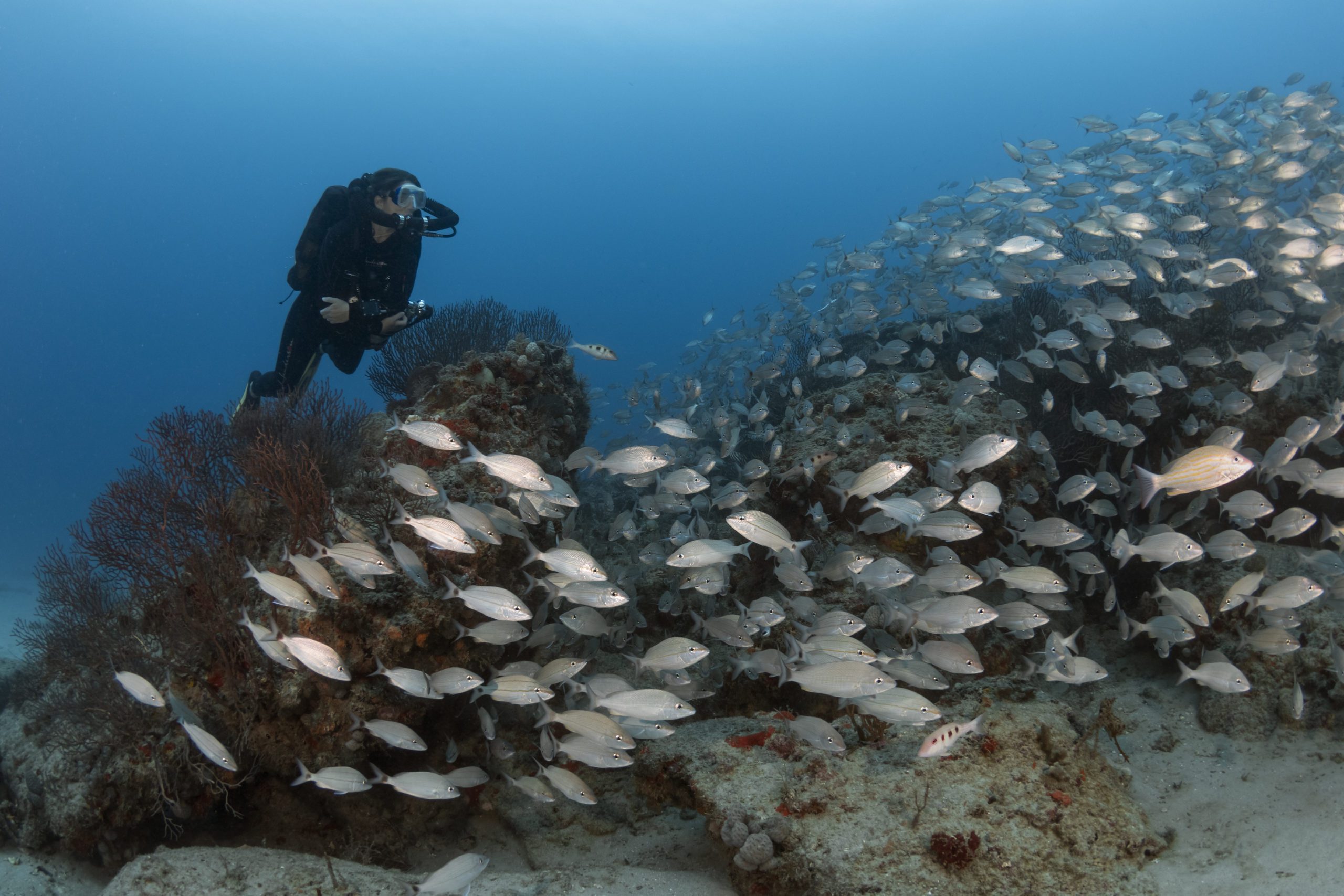
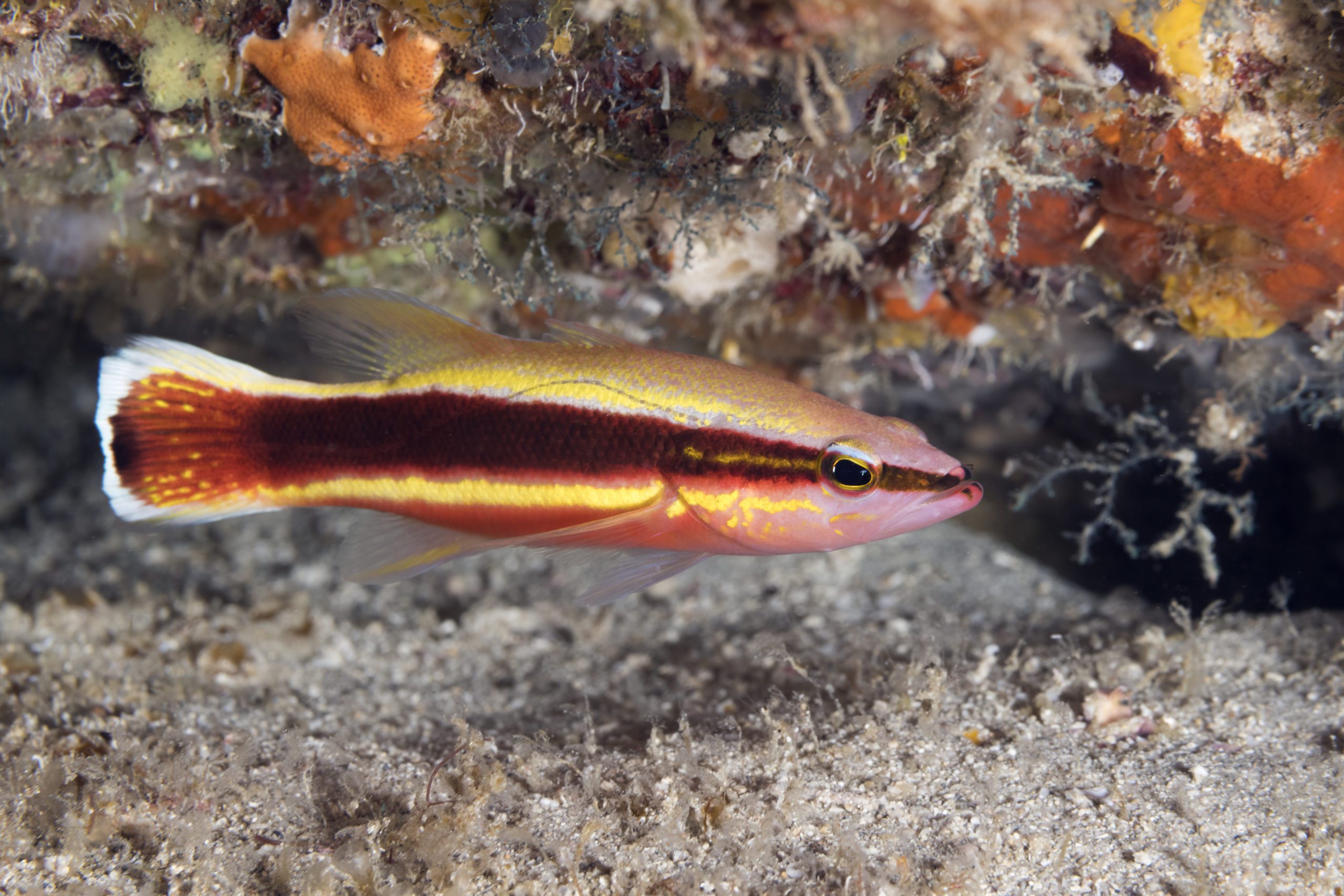
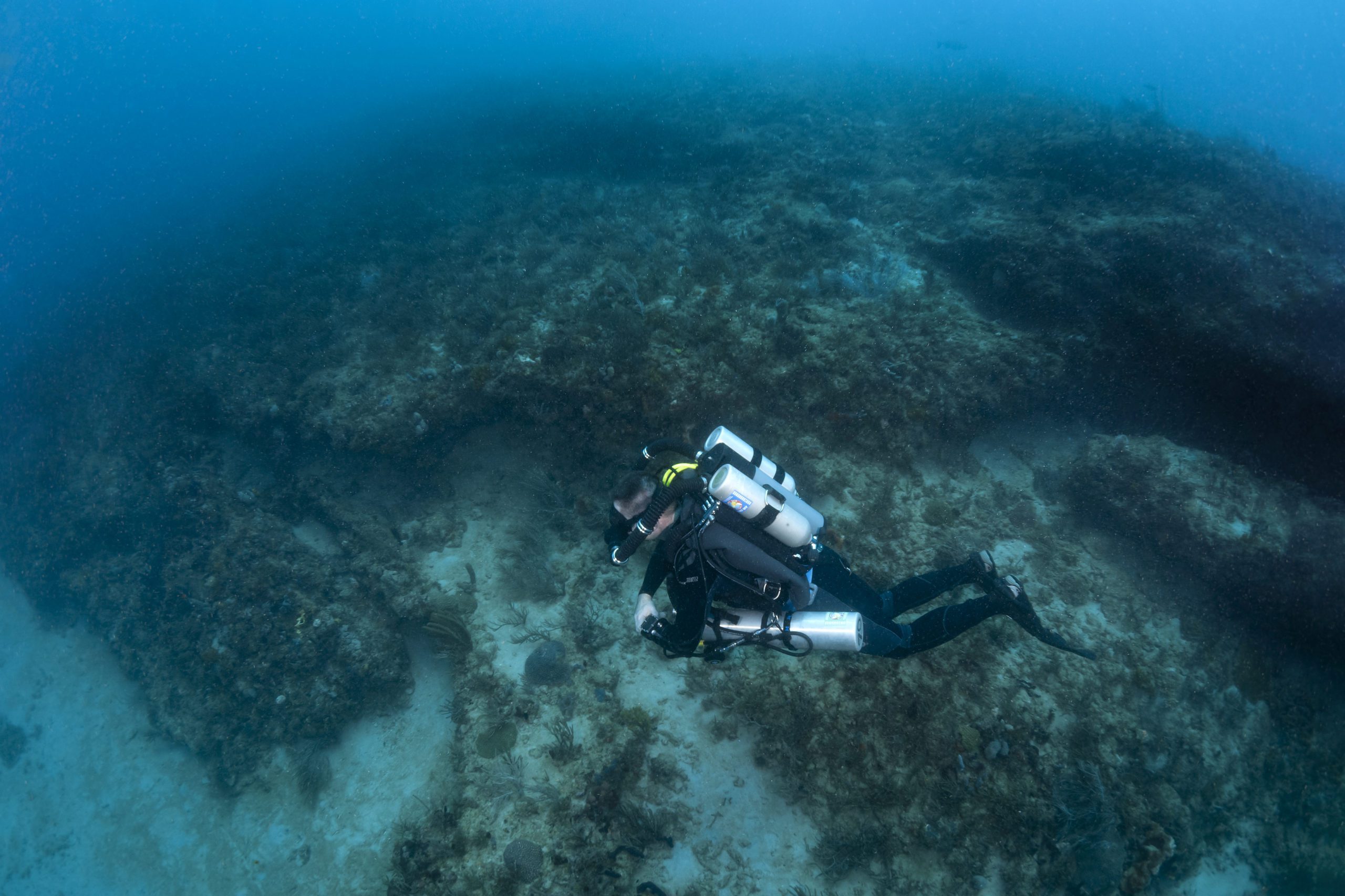
The Guerrilla Divers like Frank are history now, having hung up their fins in retirement to be replaced by a different breed of diver, most with a greater appreciation for the sites Mother Nature gives them.
As for the Goliath grouper that once frequented the Hole. Well, something remarkable one summer day in August of 2002 – the Goliaths returned. Twelve years from the date they were place under Federal protection in 1990, the Hole was once again a spawning aggregation site for immense grouper. To the local diving population was a spectacle most had never seen before, having been out of existence for nearly 30 years.
The discovery was unprecedented as it was the first large-scale observable aggregation in recent years to take place over natural bottom instead of a wreck. Researchers identified 42 large fish at the aggregation. Taking advantage of the opportunity, Florida State University’s Institute for Fishery Resource Ecology Department placed tags in 24 adult fish ranging 120-350lbs, and identified three others that were tagged 20 miles up the coast near Stuart the previous year.
In the years since, animal activity at life at the Hole seems to have continued to increase. In addition to the Goliath grouper, which begin to show up in August and linger through October, the sharks have also made a healthy comeback. Venture out with some of dive operators that run specialize charters to see the gals (most are females) in the grey suits will get a healthy dose of just about everything from large bull sharks (which are year round), silky, dusky and sand bar, to even tiger and greater hammerhead. Even great whites have been sighted by fishermen and spear fisher men on occasion, but as yet not shown interest in the baiting practices of the shark charters.
For divers who have the skills needed to perform drift dives, and to function safely at the lower end of the recreational dive envelope, the Hole in the Wall is a site that shouldn’t be missed.
And on some days, the currents are so strong that the only sensible course is to abort the dive before even attempting to reach the ledge. Bottom line, it’s not a dive for novices
If Frank ran into a shark, it was often quickly dispatched, becoming another casualty of, as Frank put it, ‘accidental death due to inappropriate behavior’
Who goes there? - These days trips to the Hole-in-the-Wall are treated as a technical dive open to advanced nitrox and rebreather divers alike as the dive will entail a decompression profile. Due to its location near the southern end of Jupiter, access to the site is provided by both dive operators out of Riviera Beach Marina (down in West Palm Beach area) and up north in Jupiter, which offers a shorter run. Should conditions look too unfavorable, most of these charters will switch a Plan B, dropping divers either the Jupiter Wreck Trek, featuring the Zion Train and Esso Bonaire wrecks, or the Princes Ann wreck of West Palm, which sits in 110ft of water.
Did you know? - Juno Beach in Jupiter is one of the favorite nesting ground for loggerhead sea turtles, with the white sands providing a home to more than 10,000 turtle nests each year.
What’s in a name? - The area was originally named for the Hobe tribe of Native Americans. ‘Hobe’ was written in Spanish as ‘Jobe’, and then mistranslated by a mapmaker as ‘Jove’ – which is the Latin translation of the Roman god’s name Jupiter. Jupiter – also known as Zeus in Greek mythology – was the king of the gods.
Location, location, location - Jupiter has a unique geographical location that sticks out into the Atlantic Ocean further than any other point of the Florida coast. Since 1550, ships have considered it an important stop when sailing to Central and South America, and today, the historic Jupiter Lighthouse is one of the area’s top attractions.
Photographs by Walt Stearns
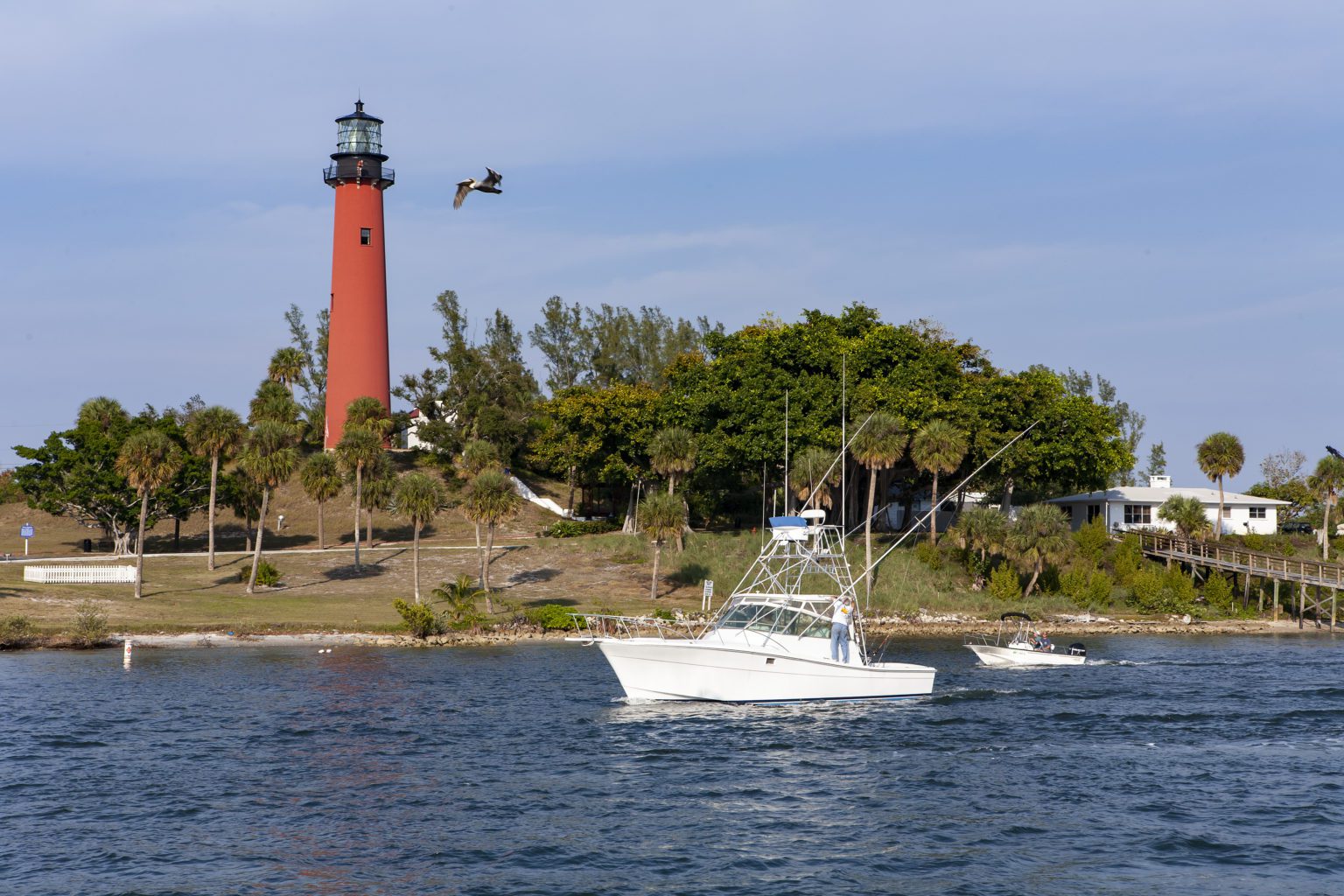
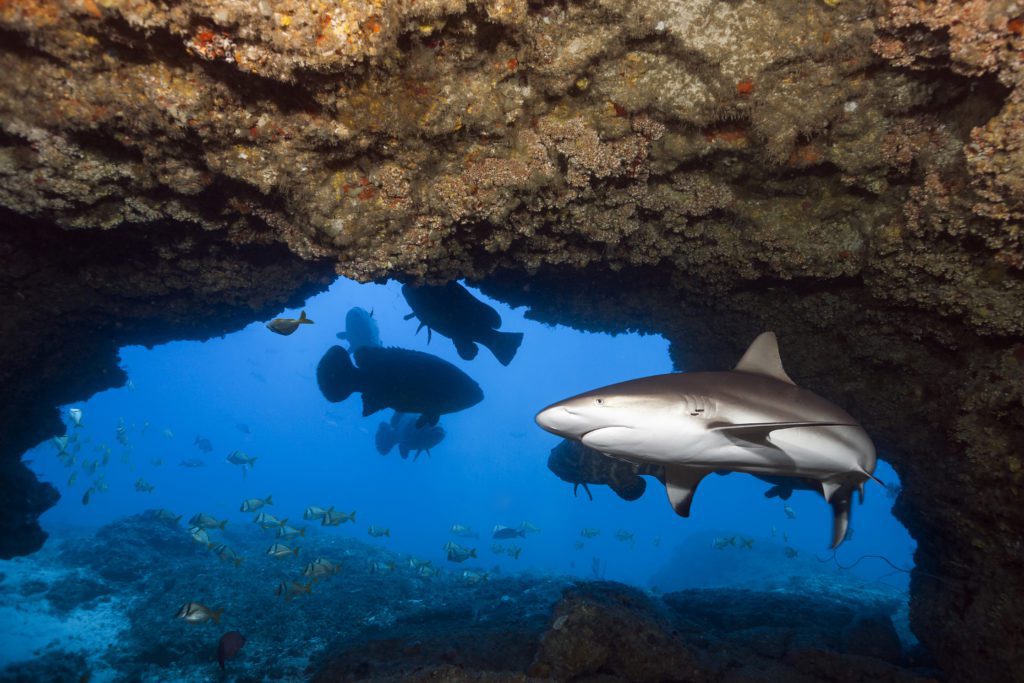
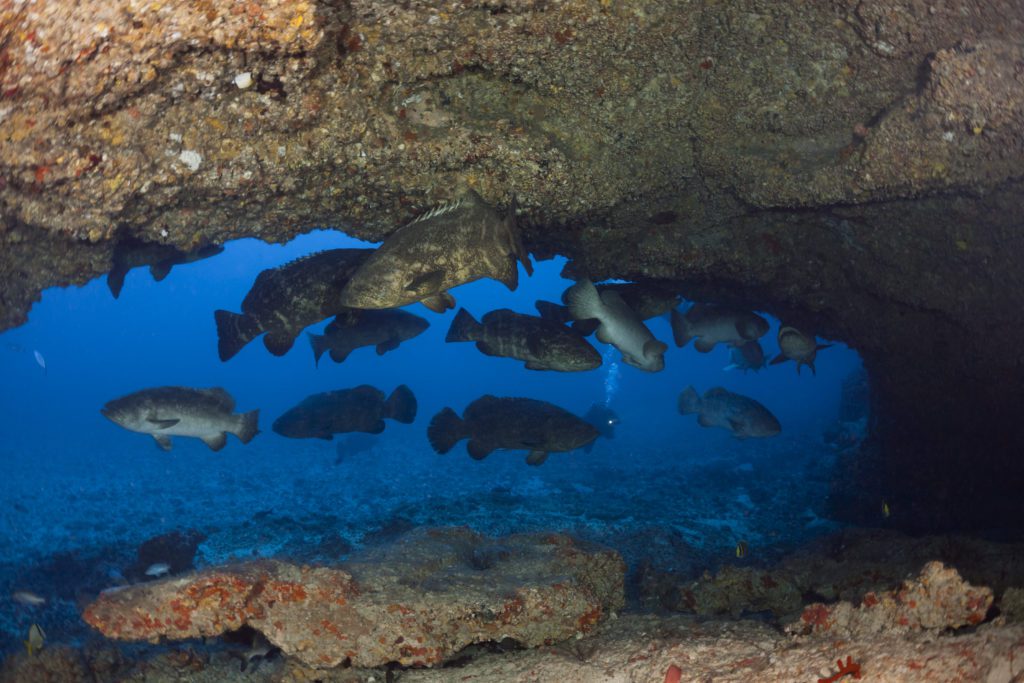
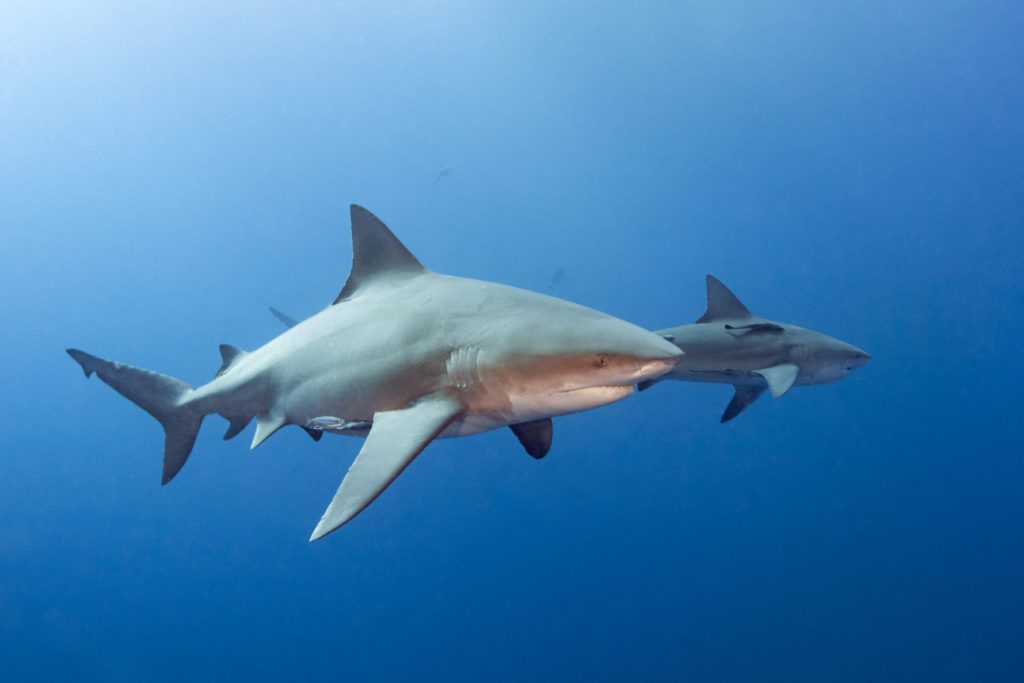



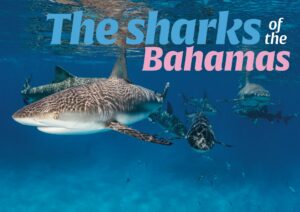

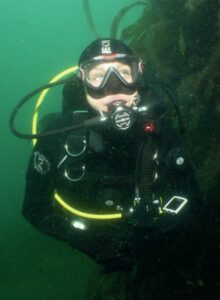


I only drove the hole once growing up in Jupiter back when Frank was still around, he had a place just before you got on the Blue heron boulevard bridge, I didn’t actually get to go through the hole all the way because by the time I got to the hole I was low enough on air where it was time to go up and the current was pretty much ripping…
But I do remember the days where the jewfish were plentiful and people were taking them.. from all over, could get a 50 lb grouper under any one of the Jupiter bridges during the winter time once in a while somebody would get a real large one In this case my My neighbor got one that weighed over 500 lb hanging in his tree, most folks use power heads back in those days. I don’t remember what he did with it, I’m still diving but nothing at those depths I’m happy, around 80 ft..